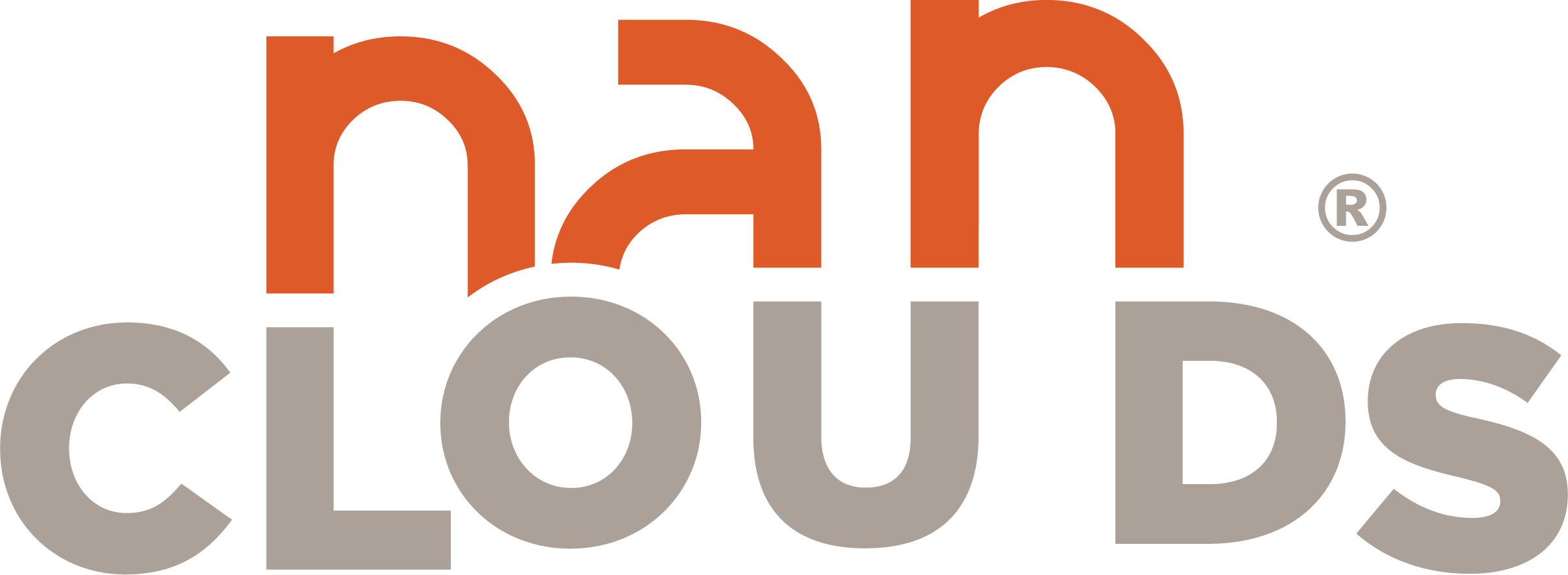Direct Labor Definition, How To Measure, How To Calculate
A change in the cost of electric power or a raise given to a CEO can cause variances. The amount by which actual cost differs from standard cost is called a variance. When actual costs are less than the standard xero odbc driver featured cost, a cost variance is favorable. When actual costs exceed the standard costs, a cost variance is unfavorable. Do not automatically equate favorable and unfavorable variances with good and bad.
Calculating the labor costs directly associated with the production of a product or delivery of a service.
Favorable rate variances, on the other hand, could be caused by using less-skilled, cheaper labor in the production process. Typically, the hours of labor employed are more likely to be under management’s control than the rates that are paid. For this reason, labor efficiency variances are generally watched more closely than labor rate variances. Direct labor costs are an important element of the total costs of producing a product or participating in a project.
Tips For Lowering Direct Labor Cost
- Paying employees as salary vs. hourly is essential for the success of your busin…
- Regardless of the type of business you own, if you have employees, you have labor costs.
- We can divide the total overhead costs by the direct labor cost to get the value of the cost driver.
- While it may seem like a lot of extra work, particularly for a small business, you’ll have a much clearer picture of the financial health of your business by managing these costs properly.
The standard cost is what was planned for while the actual cost is what occurred. He needs to know the direct labor cost of producing each show in order to create his budget for the year. He knows the actors and musicians are all direct laborers, while the administration and maintenance of the theater building is not included. It’s obvious to Anthony that large productions have a higher direct labor cost. However, by tracking individual shows he realized something helpful to the business side of the theater. The direct labor hours included rehearsals and the performances for all performers.
AccountingTools
In this lesson we looked at how to calculate a number of different variances, or changes in an organization’s budgeted costs. We started by learning that variances could be favorable when they resulted in smaller payments out of the company, or unfavorable when more money had to https://www.bookkeeping-reviews.com/ be paid. We then learned how to calculate variances for labor, materials and overhead costs. Remember that the total materials variance can be found by multiplying the standard cost by the standard quantity then subtracting the product of the actual cost and the actual quantity.
Calculating Overhead Variances
In the auditing example, one auditor could be a senior team member with a higher salary, payroll taxes, and benefit costs than the two junior members. Each team member’s costs should be calculated independently and then added together to get the correct total. In your candy shop, you have many employees that work on different types of treats.
When a business manufactures products, direct labor is considered to be the labor of the production crew that produces goods, such as machine operators, assembly line operators, painters, and so forth. When a business provides services, direct labor is considered to be the labor of those people who provide services directly to customers, such as consultants and lawyers. Generally, a person who is charging billable time to a customer is working direct labor hours. Suppose an accountant computes the ratio of the overhead costs to direct labor costs as $19 per hour. Hence the company will allocate $19 of the overhead costs per hour of direct labor to the production output. We actually paid $46,500 for labor for which we expected to pay $41,850.

